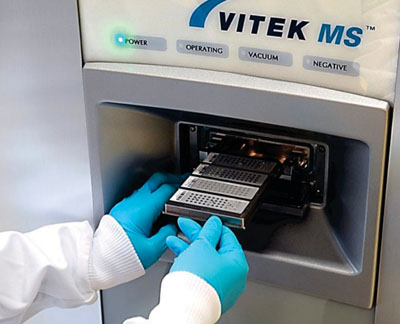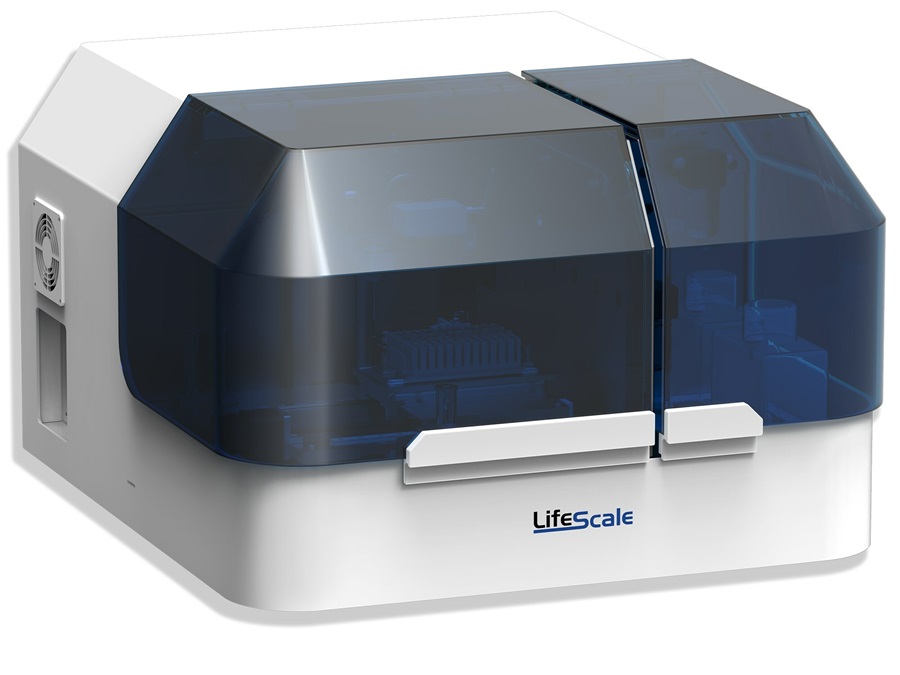MALDI-TOF Mass Spectrometry Differentiates Streptococcus Species
By LabMedica International staff writers
Posted on 02 May 2016
It is clinically relevant to distinguish Streptococcus pneumoniae from other less virulent, members of the viridans group streptococci (VGS) and accurate species determination within the VGS and more specifically within the mitis subgroup is traditionally difficult.Posted on 02 May 2016
Matrix-assisted laser desorption ionization–time-of-flight (MALDI-TOF) mass spectrometry shows promising results for differentiation of species within the mitis group but further exploration and validation are needed. To complicate the diagnostic challenges within the VGS, in 2004, a new species within the VGS that closely resembles S. pneumoniae was described and designated as S. pseudopneumoniae.

Image: The Vitek MS laser desorption ionization time-of-flight mass spectrometry for identification of bacteria platform (Photo courtesy of bioMérieux).
Medical microbiologists at the VU University Medical Center (Amsterdam, The Netherlands) evaluated the ability of two MALDI-TOF mass spectrometry platforms for species differentiation within the mitis subgroup. A panel consisting of 29 clinical and eight reference isolates was tested. The reference strains used included two S. pneumoniae, two S. pseudopneumoniae, two S. mitis and two S. oralis. As a gold standard, they combined real-time polymerase chain reaction (PCR) assays targeting the Autolysin-Encoding Gene (lytA), the recombinase A (recA), and Spn9802, which were adapted from previously described methods.
MALDI-TOF mass spectrometry was performed with either the Microflex platform (Bruker Daltonics; Bremen, Germany) or the Vitek MS platform (bioMérieux; Marcy l’Etiole, France). The PCR assays targeting the lytA and recA genes are specific for S. pneumoniae and S. pseudopneumoniae, respectively. The PCR assay targeting the Spn9802 fragment detects both S. pneumoniae and S. pseudopneumoniae but no other VGS. Hence, strains that tested negative in all three PCR assays were designated S. mitis/oralis.
The Vitek MS correctly identified 10/11 Streptococcus pneumoniae, 13/13 Streptococcus pseudopneumoniae, and 12/13 S. mitis/oralis. The Microflex correctly identified 9/11 S. pneumoniae, 0/13 S. pseudopneumoniae, and 13/13 S. mitis/oralis. MALDI-TOF is a powerful tool for species determination within the mitis group and diagnostic accuracy varies depending on platform and database used. The study was published in the May 2016 issue of the journal Diagnostic Microbiology and Infectious Disease.
Related Links:
VU University Medical Center
Bruker Daltonics
bioMérieux












.jpg)
